Climate change is probably the greatest and most long-term challenge facing humanity. Even though other crises currently demand more attention, it is extremely important to integrate sustainability more and more into our everyday lives. We are convinced that, in the area of dog nutrition, we can also contribute to achieving the UN 2030 Climate Goals (SGDs) together. In this blog post, we describe the three levers we can use to make a contribution and create climate-friendly dog food.
|

#1 Expand regionality
In a globalized economy, one thing is often overlooked: the delivery routes of products and their associated impact on our environment. According to the International Energy Agency, 25% of energy-related CO2 emissions worldwide are caused by transport.
The dilemma for commercially active companies is profound: Many things are available significantly cheaper in third countries outside the EU. But what gets forgotten is the actual price of these "cheaper" goods. A price that we all bear as societies: the impact on our global climate.
Since sustainability is one of our core values, we at Alpenwuff decided early on to place a special emphasis on the regional origin of our ingredients . Therefore, we source over 70% of our ingredients from Lower Saxony and our neighboring country, the Netherlands. This is why we call ourselves regional dog food.
Furthermore, Alpenwuff food doesn't have a long journey from production to storage. It's manufactured in North Rhine-Westphalia and travels less than 100 km to our warehouse.
#2 Sustainable shipping packaging and logistics
In addition to the regionality of the product, we see further leverage in sustainable shipping packaging and logistics. This should take into account the product packaging, the entire shipping packaging, and the shipping process.
There are various sustainable shipping packaging options. For example, our food comes in paper packaging. Our sustainable paper bags have a removable plastic inner bag, making them easy to recycle. We also use paper bags for snacks and samples, but these currently have a plastic coating on the inside to prevent the oils contained in the food from seeping through.
For shipping, we use custom-fit boxes, which prevent unnecessary shipping waste for you. We're also increasingly relying on grass-based cardboard. These are considered a sustainable packaging solution because the grass inserts in the cardboard reduce CO2 emissions during the production process. Finally, we pay close attention to sustainable materials by using paper tape and paper shipping labels .
In the area of logistics and shipping, we are constantly evaluating what further improvements we can make toward sustainability. For example, our next steps include CO2 offsetting for shipping to our furry friends and alternative packaging for samples and snacks.
#3 Alternative protein sources such as insect protein
The third lever for sustainability for us lies in the use of alternative protein sources. In Europe, beef, lamb, rabbit, pork, horse, and poultry are commonly used as animal protein sources in dog food. However, all of these protein sources require a lot of water, space, and feed during rearing . Insects and vegetarian products have been increasingly developed in recent years as resource-saving alternatives.
We also want to develop further in this direction and have therefore included dog treats with insect protein in our product range as our first "pilot project." When rearing the larvae , only a fraction of the water, feed, and space is required compared to conventional animal protein sources such as beef. The processed larvae, of course, come from northern Germany.
"Food without compromise" - We want more dogs to be fed healthy food!

Conclusion: Start today and pay attention to sustainable dog food
The topic of CO2 reduction and sustainability will be with us constantly over the next 20 years. There is no other way than to change our own consumption habits, because climate change is a race against time that we must win.
At Alpenwuff, we want to do our part and are continuously working towards this goal, constantly increasing our contribution. Because: More and better is always possible! We are guided by the UN Climate Goals and, above all, want to contribute to Goals 6 "Clean Water," 12 "Sustainable Consumption and Production," and 13 "Climate Action."
If you're also concerned about your dog's paw prints, take a look at how sustainable your current food, grooming products, and everyday care products are. Start today and pay attention to sustainability in your dog's everyday life!
What does "open declaration" mean?
The " open declaration " in the context of dog food refers to the transparent disclosure of information about the composition of the food in terms of the individual ingredients and their processed quantities.
"Open declaration" means that we transparently list all ingredients and their exact percentages in Alpenwuff food. So you always know exactly what's in every bag of Alpenwuff.
An open declaration serves to give pet owners clear information about the food so they can make informed decisions about their daily diet. By reading the declaration, pet owners can determine which main ingredients are contained in the food. This helps to rule out allergens, evaluate the quality of a food, and develop an understanding of a dog's behavior. For example, if a food consists primarily of corn, this is often reflected in its behavior. An open declaration therefore makes it possible to ensure that the food meets the dog's individual needs and promotes its health. In addition, the declaration ideally includes information about the manufacturer and the manufacturing process, which creates confidence in the product quality and traceability of the raw materials.
Why should cold-pressed food be better?
The comparison between extruded and cold-pressed dog food can be shown using several aspects that illustrate the advantages of cold-pressed food:
- Gentle manufacturing process: Cold-pressed feed is produced at lower temperatures (60°C). In contrast, extruded feed is produced at high temperatures (up to 200°C), resulting in a greater loss of natural nutrients.
- Better nutrient preservation: The gentle manufacturing process helps to better preserve the natural nutrients of the ingredients, similar to steam cooking. Due to the gentle temperatures, natural vitamins and nutrients in cold-pressed food remain largely intact.
- Better digestibility: Cold-pressed food breaks down quickly into its components in the dog's stomach and doesn't bloat when exposed to liquid like most extruded food briquettes. This means the nutrients are quickly accessible and digestible. The easier digestibility of cold-pressed food can help dogs experience fewer digestive problems. This leads to less bloating and an overall happier dog.
To what temperature is the food heated?
Our feed is gently cold-pressed at low temperatures to preserve nutrients. The cold press reaches a maximum temperature of approximately 60°C.
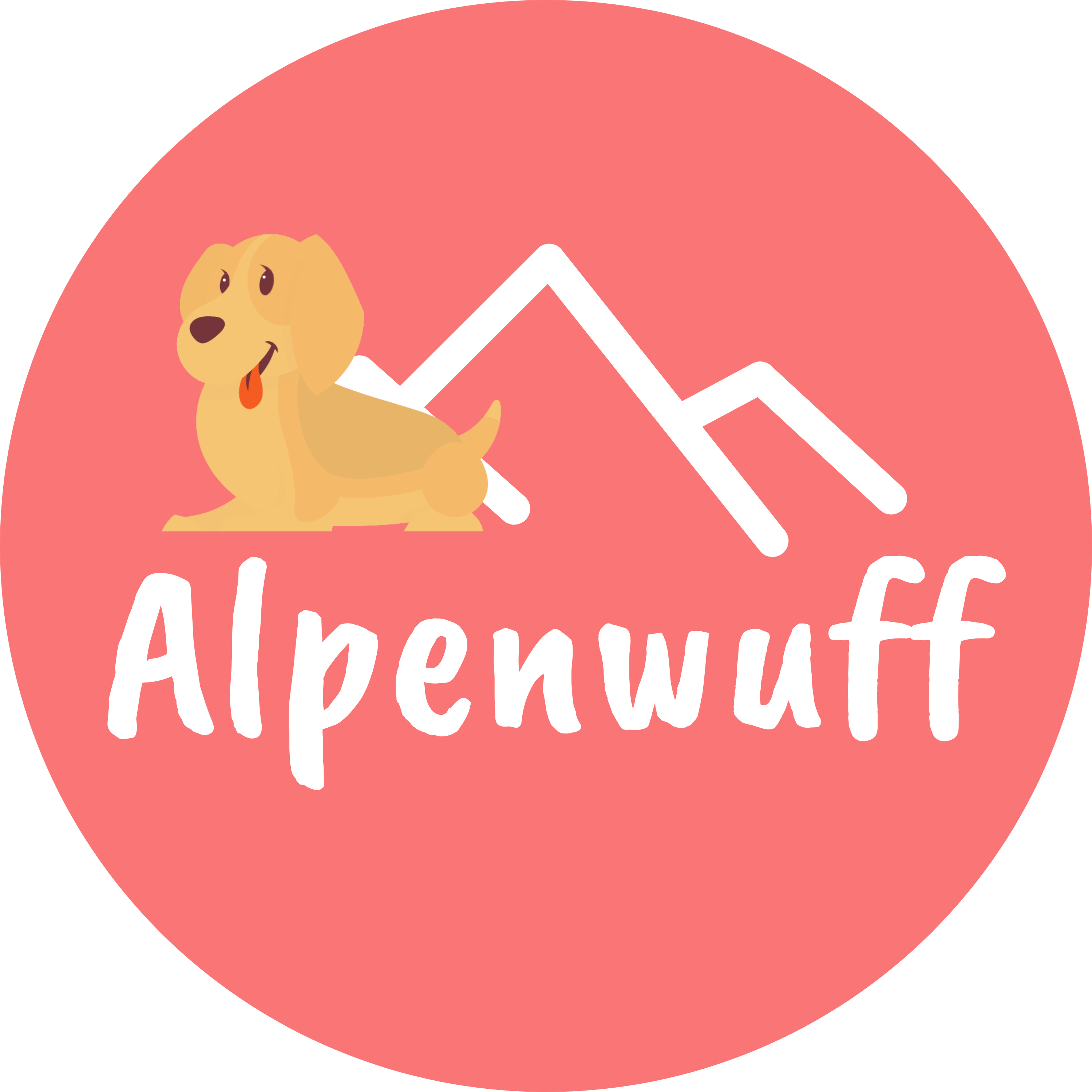
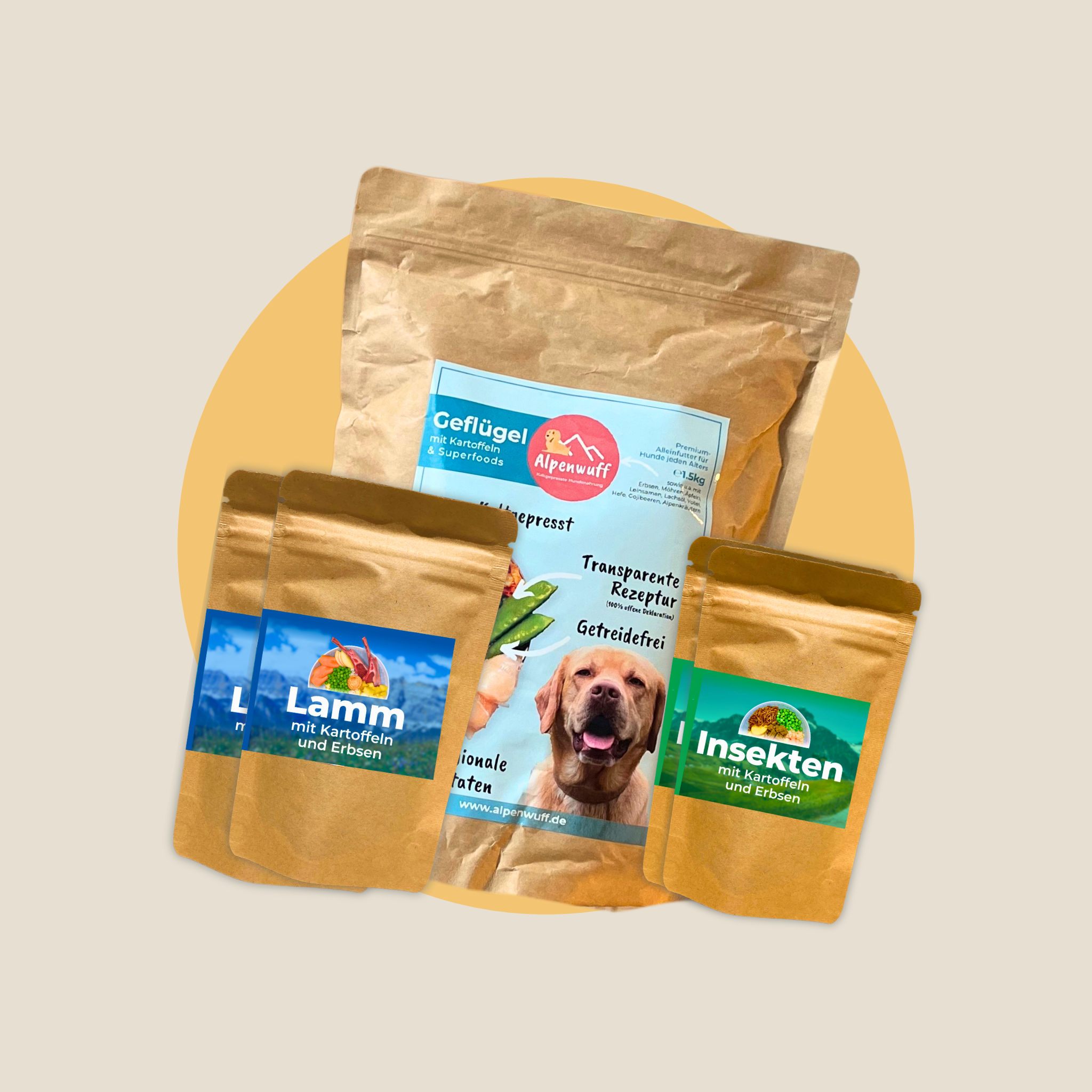
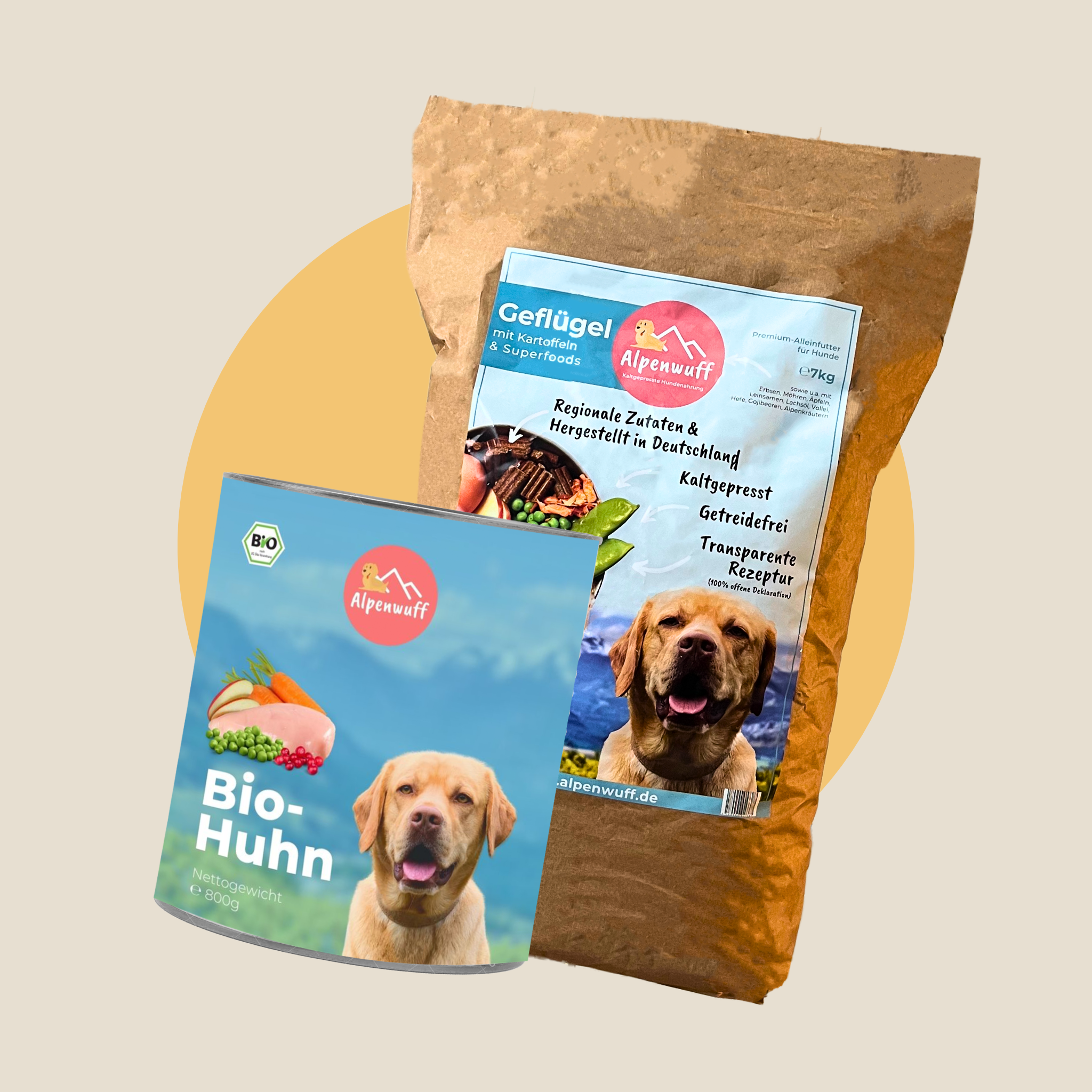
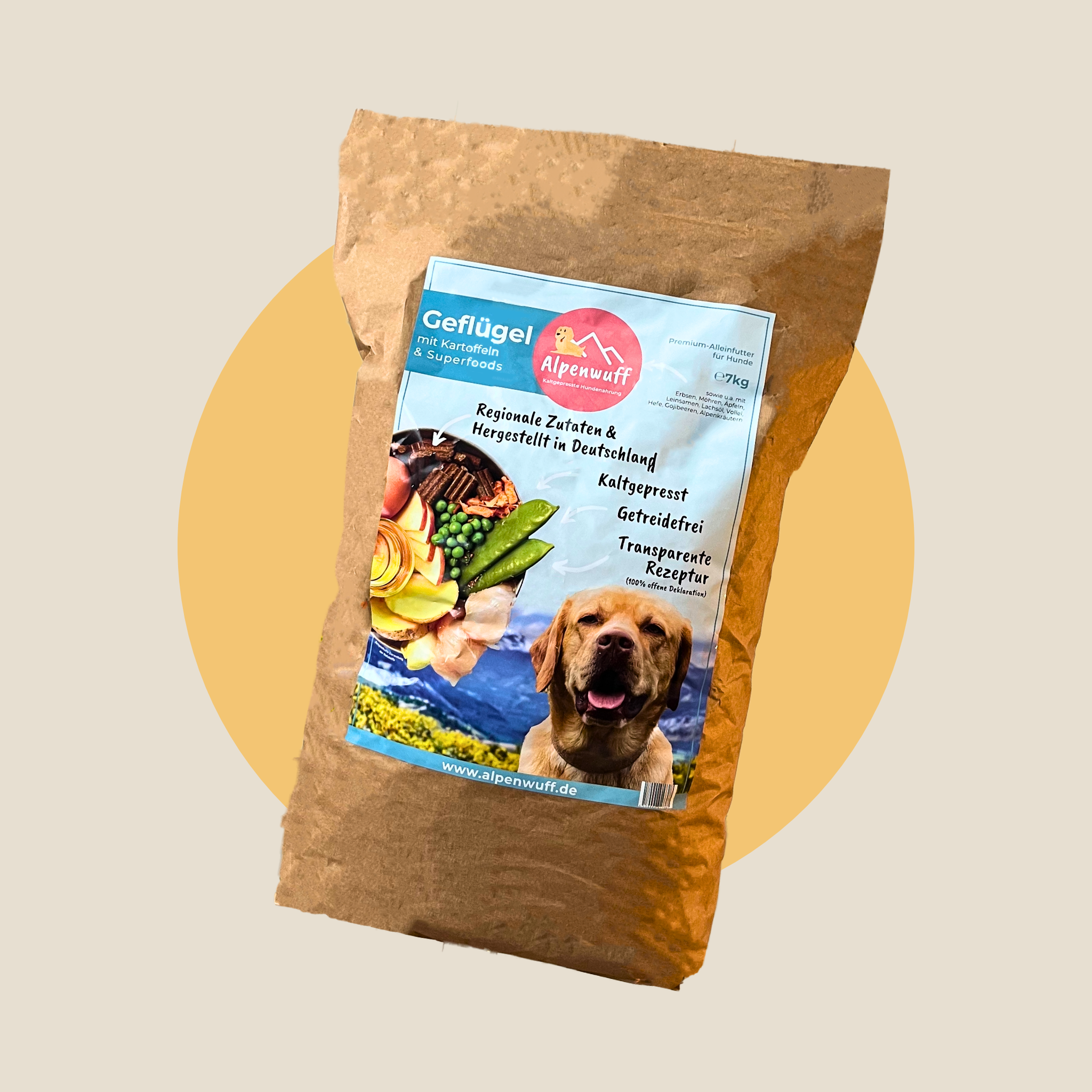
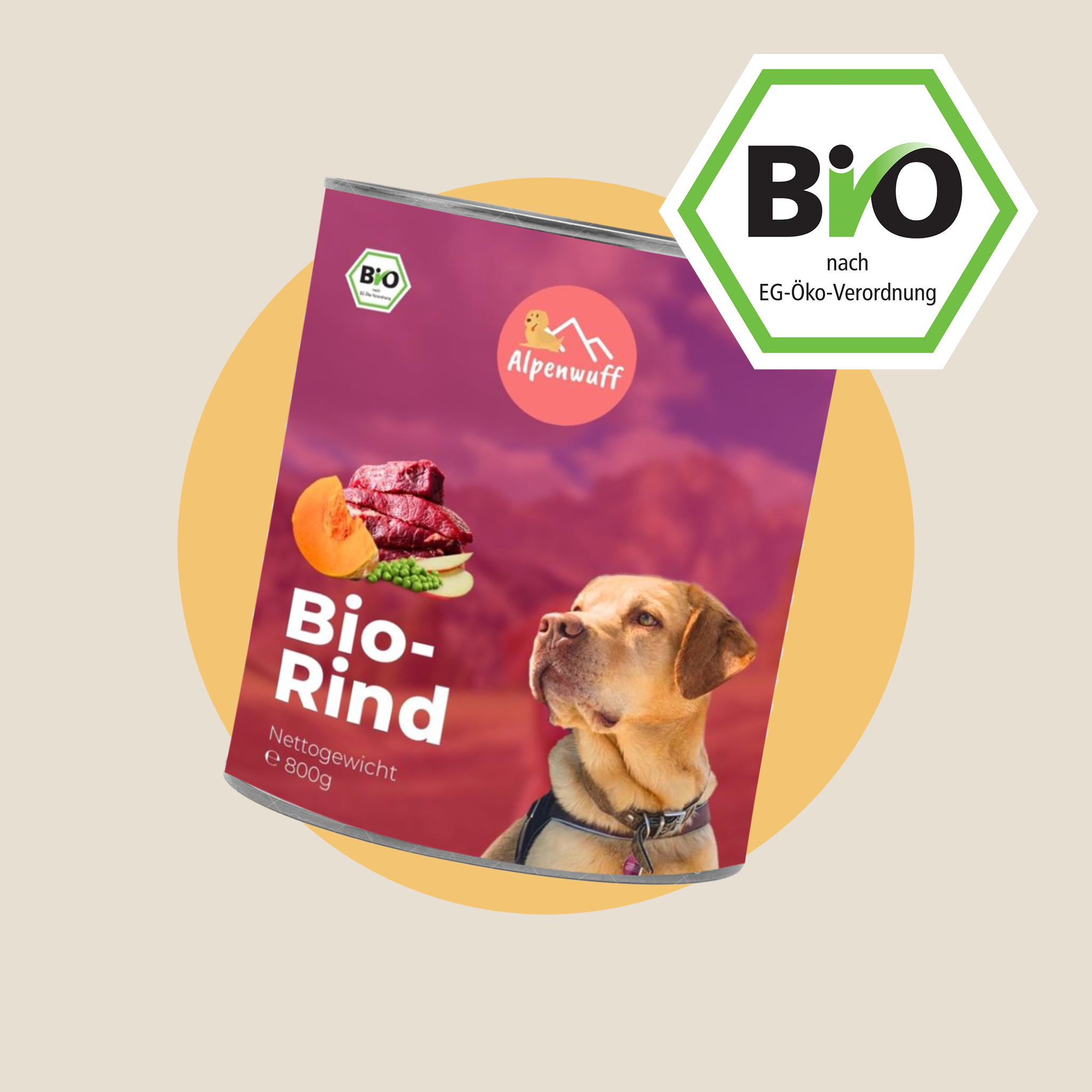
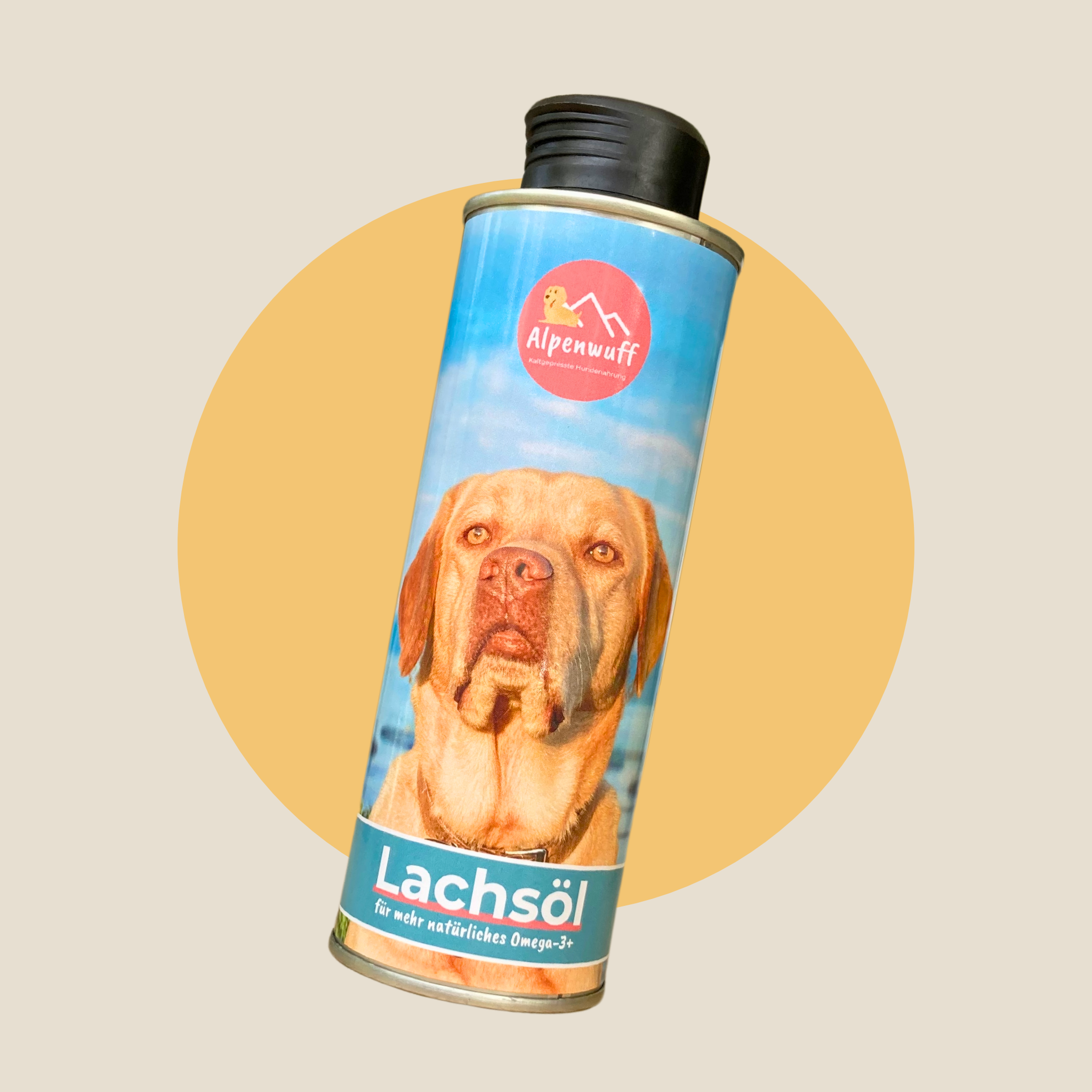
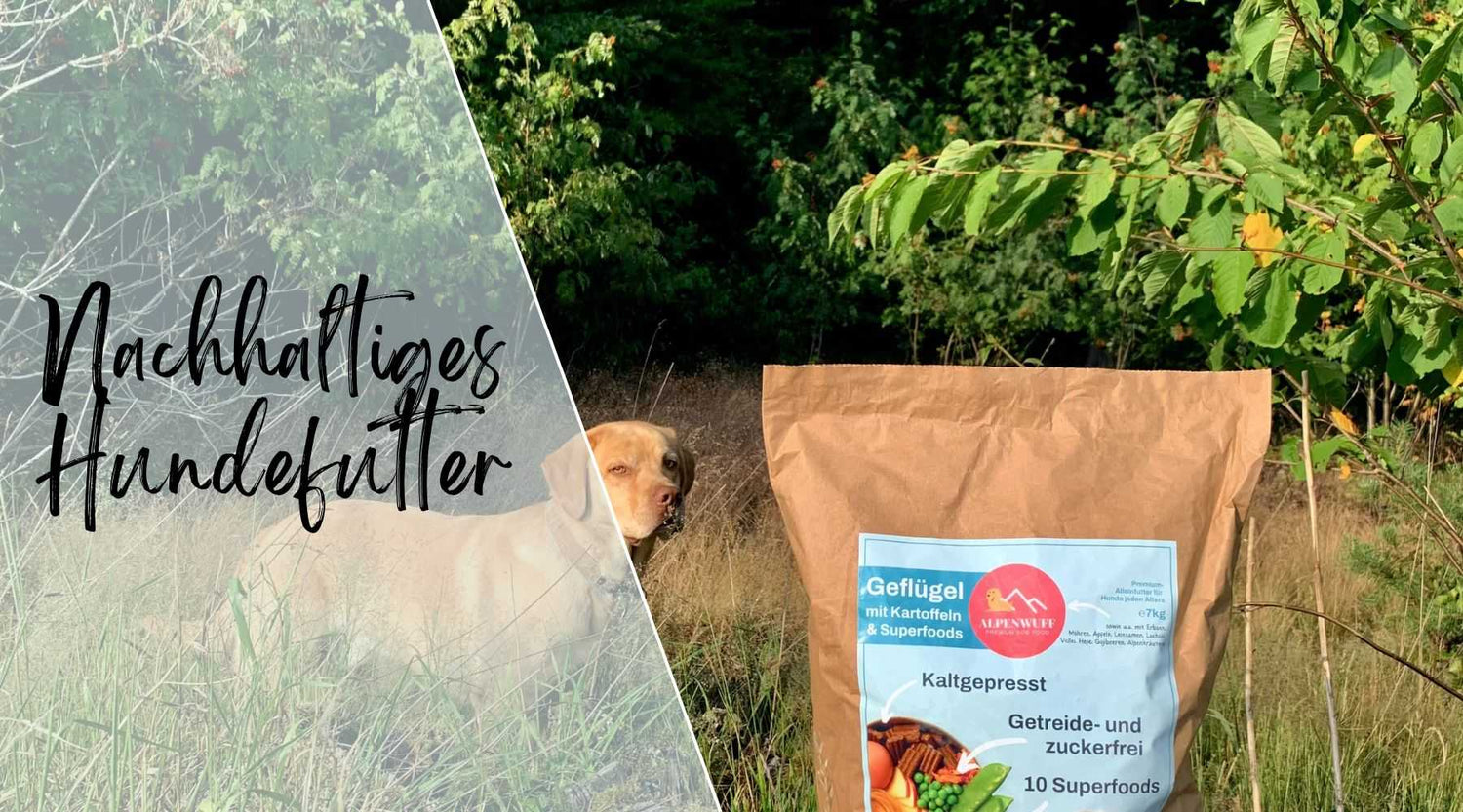

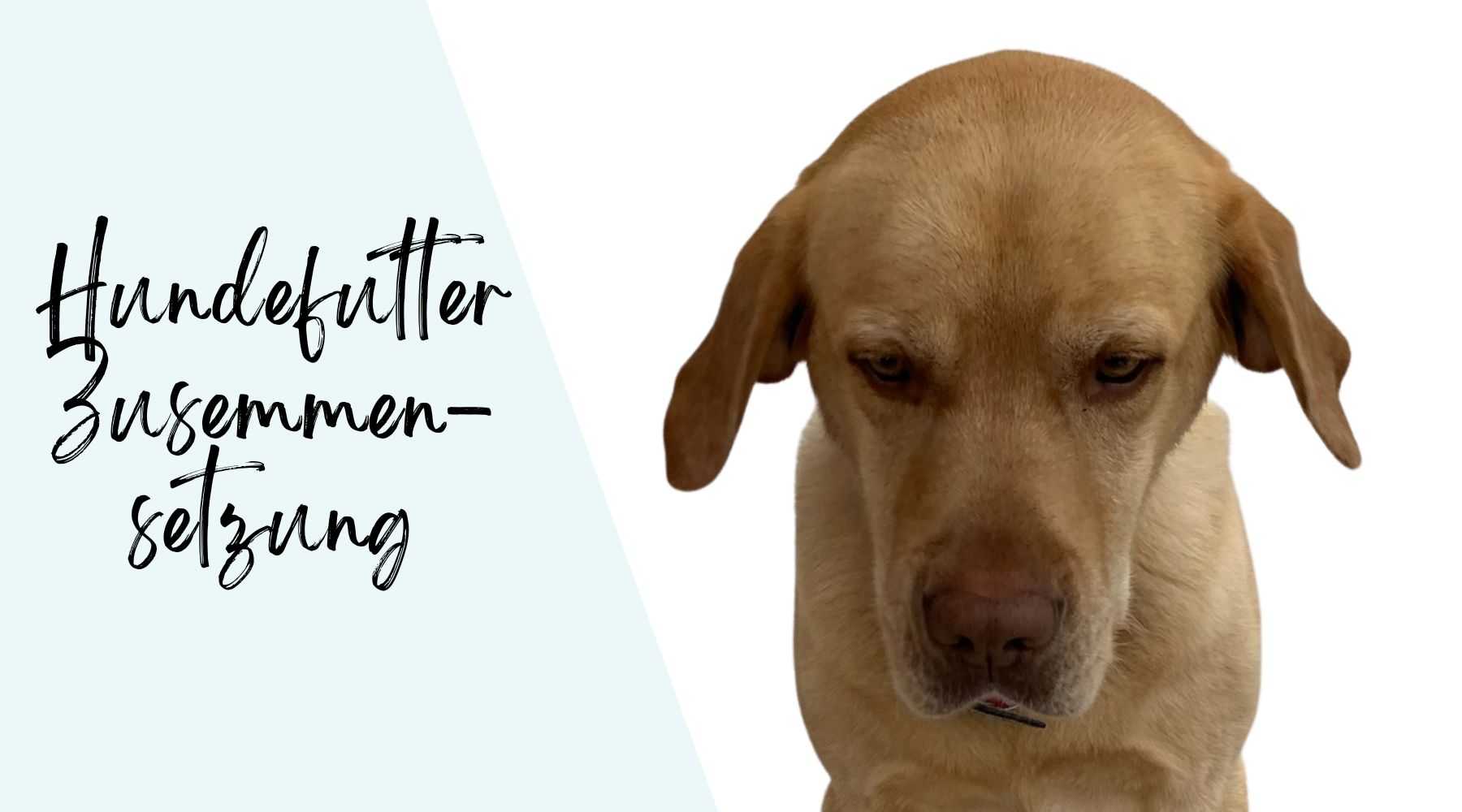
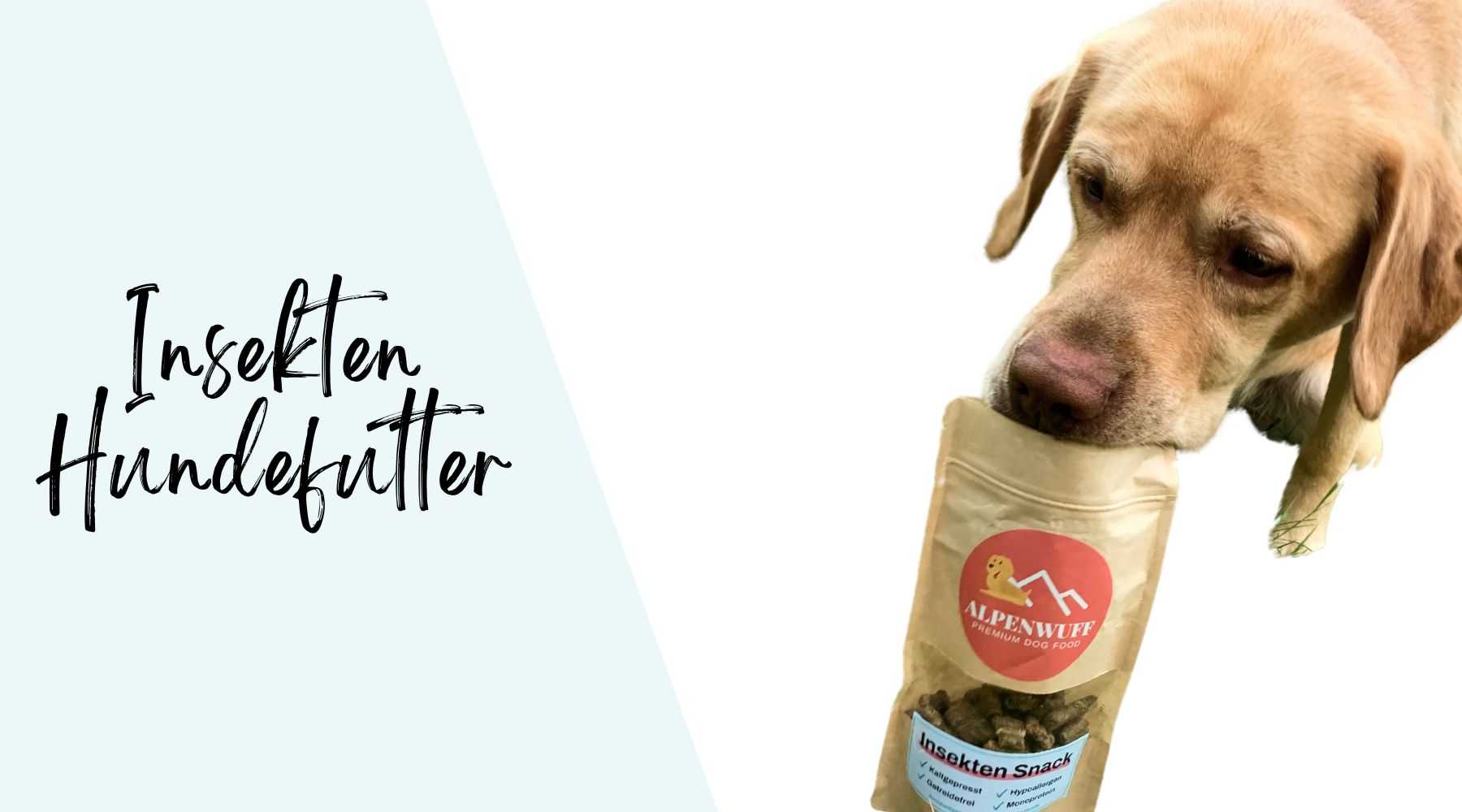
Leave a comment
All comments are moderated before being published.
This site is protected by hCaptcha and the hCaptcha Privacy Policy and Terms of Service apply.